In the ever-evolving landscape of property development, one of the most significant shifts we’ve seen in recent years is the focus on sustainability. As the world grapples with the effects of climate change and urbanization, the demand for sustainable, eco-friendly buildings has never been greater. As an entrepreneur and the director of Dylan Luxury Construction, I, Scott Dylan, have witnessed firsthand the transformative impact that sustainable practices can have on the property sector. This article explores some of the most innovative trends in sustainable property development that are shaping the future of urban living.
The Rise of Green Buildings
Green buildings are at the forefront of sustainable property development. These structures are designed to reduce the overall impact on the environment through efficient energy use, water conservation, and the use of sustainable materials. The adoption of green building standards, such as LEED (Leadership in Energy and Environmental Design) and BREEAM (Building Research Establishment Environmental Assessment Method), has become increasingly common.
At Dylan Luxury Construction, we are committed to incorporating these standards into our projects. We believe that green buildings are not just a trend, but a necessity. By reducing energy consumption and utilizing renewable energy sources, green buildings help mitigate the effects of climate change while providing healthier living spaces for occupants.
One of the key components of green buildings is energy efficiency. This can be achieved through various means, such as installing high-performance windows, utilizing natural light, and implementing advanced insulation techniques. Additionally, integrating renewable energy sources, like solar panels or wind turbines, can significantly reduce a building’s carbon footprint. As technology continues to advance, the cost of these systems is decreasing, making them more accessible to property developers and homeowners alike.
Smart Cities and Sustainable Urban Planning
Another significant trend in sustainable property development is the rise of smart cities. Smart cities utilize technology and data to improve the quality of life for residents while reducing the environmental impact of urban living. This involves the integration of information and communication technology (ICT) with the Internet of Things (IoT) to optimize city operations, from transportation systems to energy grids.
Sustainable urban planning is a critical aspect of smart cities. It involves designing cities in a way that minimizes environmental impact while maximizing efficiency and livability. This includes creating mixed-use developments that reduce the need for long commutes, implementing green spaces to absorb carbon emissions, and ensuring that public transportation is efficient and accessible.
At Dylan Luxury Construction, we are passionate about contributing to the development of smart cities. We believe that by embracing technology and sustainable practices, we can create urban environments that are not only efficient but also enjoyable to live in. The concept of a 15-minute city, where residents can access most of their daily needs within a short walk or bike ride, is one that we are particularly excited about. This model not only reduces carbon emissions but also fosters a sense of community and well-being.
Adaptive Reuse and Sustainable Materials
Another trend gaining momentum in the property development industry is adaptive reuse. This involves repurposing old or underutilized buildings for new uses, rather than demolishing them and starting from scratch. Adaptive reuse is a sustainable practice because it reduces the need for new materials and minimizes construction waste.
For example, converting an old warehouse into residential lofts or transforming an abandoned factory into office space can breathe new life into a structure while preserving its historical significance. At Dylan Luxury Construction, we see adaptive reuse as an opportunity to merge the past with the future, creating unique and sustainable living spaces that respect the heritage of a building while meeting modern needs.
In addition to adaptive reuse, the use of sustainable materials is becoming increasingly important in property development. These materials, such as reclaimed wood, recycled metal, and low-VOC (volatile organic compound) paints, have a lower environmental impact compared to traditional construction materials. By choosing sustainable materials, developers can reduce the carbon footprint of a building and create healthier indoor environments.
The Future of Sustainable Property Development
As we look to the future, it’s clear that sustainable property development is not just a passing trend, but a fundamental shift in how we approach construction and urban planning. The innovations we see today are laying the groundwork for a more sustainable and resilient built environment.
At Dylan Luxury Construction, we are committed to leading the way in sustainable property development. We believe that by embracing these innovative trends, we can create buildings and communities that are not only environmentally responsible but also enhance the quality of life for everyone who lives and works in them.
In conclusion, the future of urban living lies in our ability to innovate and adapt to the challenges of sustainability. By focusing on green buildings, smart cities, adaptive reuse, and sustainable materials, we can shape a future where property development contributes positively to both the environment and society. As we continue to push the boundaries of what’s possible, I, Scott Dylan, am excited to see how these trends will evolve and how they will continue to impact the property sector for years to come.
Also Read:
Scott Dylan Reveals 12 Hidden Gem Properties in London for Under £500k
The Power of Continuous Learning: Growing Through Education and Experience
Innovative Sustainable Property Development Practices: Building a Greener Future
